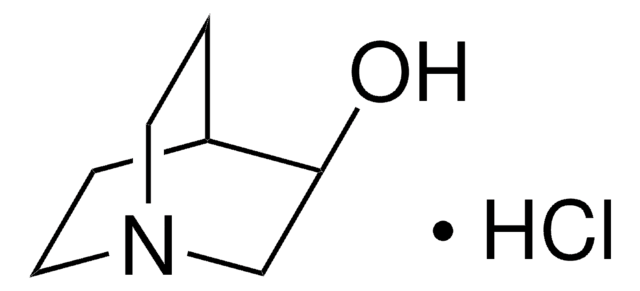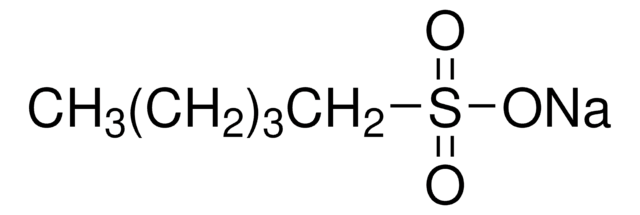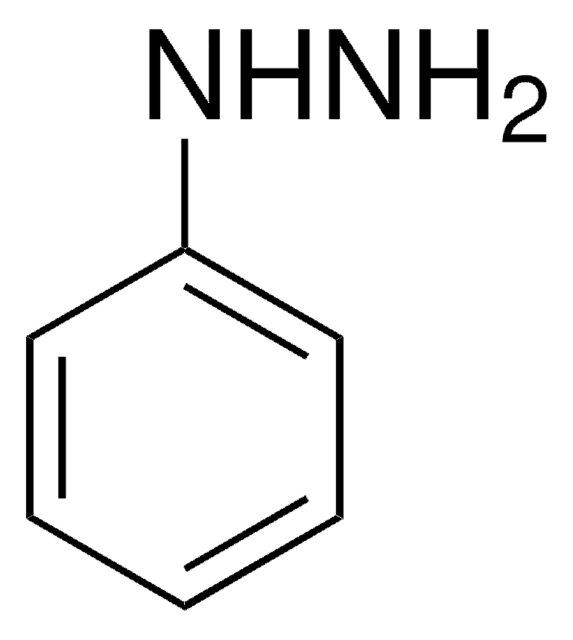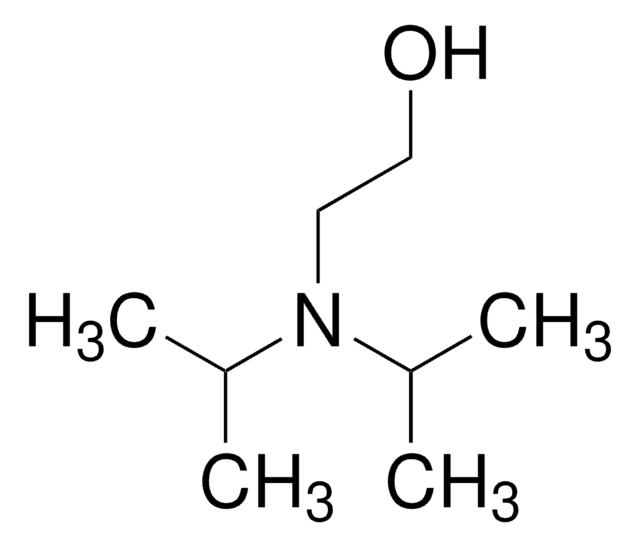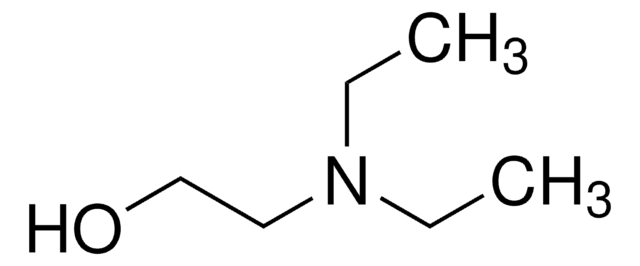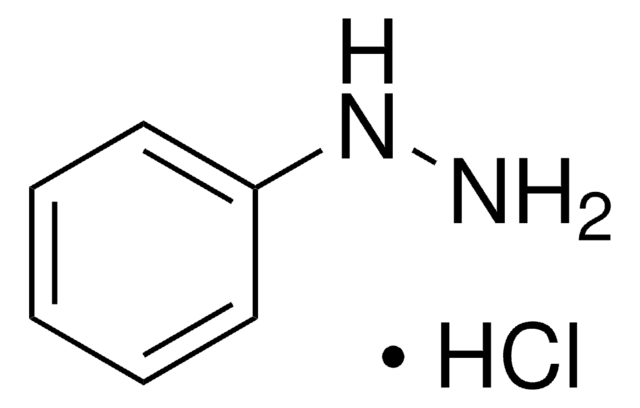Key Documents
C002
(±)-Quinuclidinyl benzilate
powder
Synonim(y):
(±)-QNB, (±)-Quinuclidinyl α-hydroxydiphenylacetate
About This Item
Polecane produkty
Postać
powder
kolor
white
rozpuszczalność
chloroform: soluble (but decomposes within 24 hrs)
methanol: stable (for up to two weeks at -20°C.)
εmax
13,500 at 207.4 nm in methanol
temp. przechowywania
2-8°C
ciąg SMILES
OC(C(=O)OC1CN2CCC1CC2)(c3ccccc3)c4ccccc4
InChI
1S/C21H23NO3/c23-20(25-19-15-22-13-11-16(19)12-14-22)21(24,17-7-3-1-4-8-17)18-9-5-2-6-10-18/h1-10,16,19,24H,11-15H2
Klucz InChI
HGMITUYOCPPQLE-UHFFFAOYSA-N
Działania biochem./fizjol.
Cechy i korzyści
Hasło ostrzegawcze
Danger
Zwroty wskazujące rodzaj zagrożenia
Zwroty wskazujące środki ostrożności
Klasyfikacja zagrożeń
Acute Tox. 2 Oral
Kod klasy składowania
6.1A - Combustible acute toxic Cat. 1 and 2 / very toxic hazardous materials
Klasa zagrożenia wodnego (WGK)
WGK 3
Temperatura zapłonu (°F)
Not applicable
Temperatura zapłonu (°C)
Not applicable
Środki ochrony indywidualnej
dust mask type N95 (US), Eyeshields, Faceshields, Gloves
Certyfikaty analizy (CoA)
Poszukaj Certyfikaty analizy (CoA), wpisując numer partii/serii produktów. Numery serii i partii można znaleźć na etykiecie produktu po słowach „seria” lub „partia”.
Masz już ten produkt?
Dokumenty związane z niedawno zakupionymi produktami zostały zamieszczone w Bibliotece dokumentów.
Nasz zespół naukowców ma doświadczenie we wszystkich obszarach badań, w tym w naukach przyrodniczych, materiałoznawstwie, syntezie chemicznej, chromatografii, analityce i wielu innych dziedzinach.
Skontaktuj się z zespołem ds. pomocy technicznej

